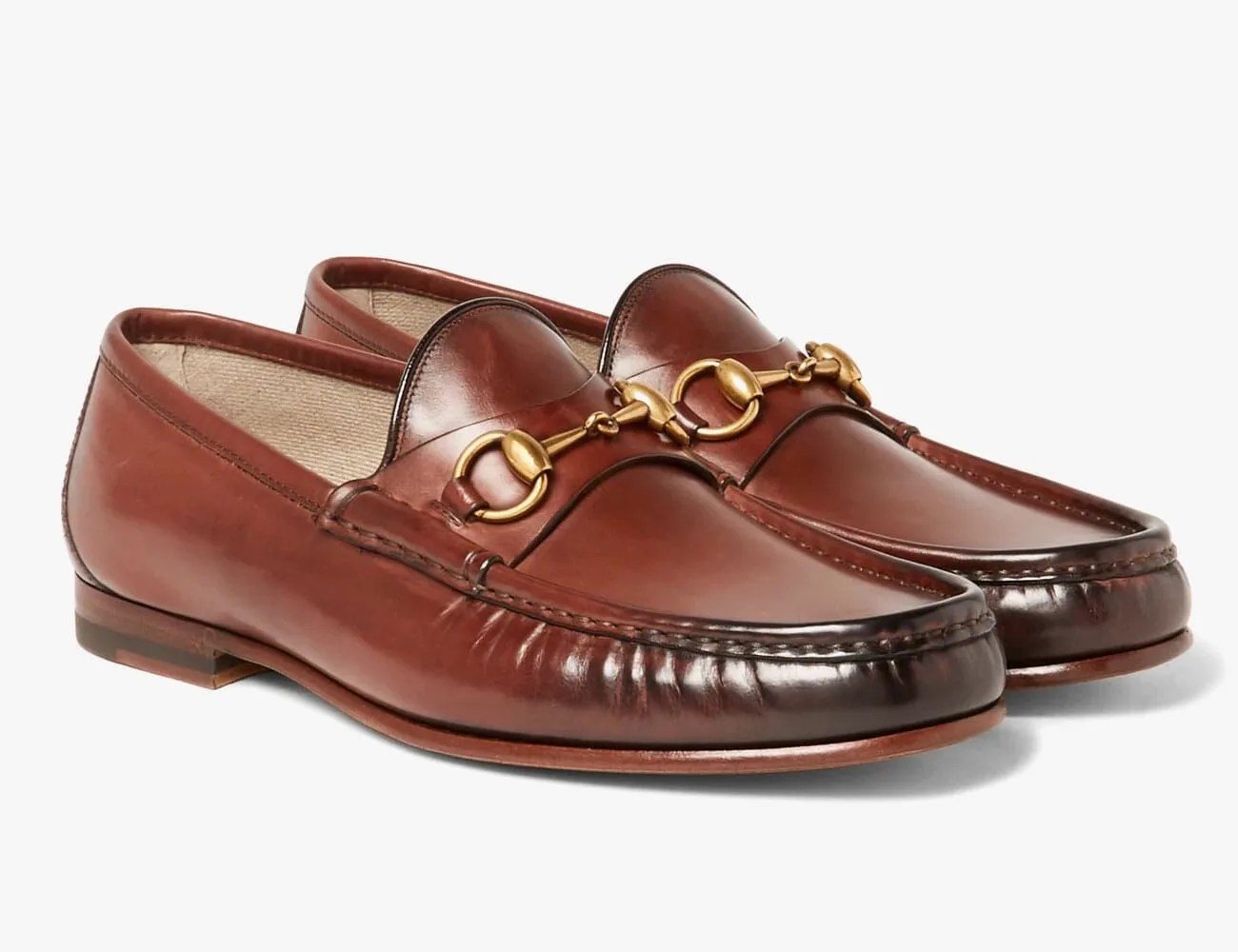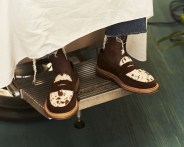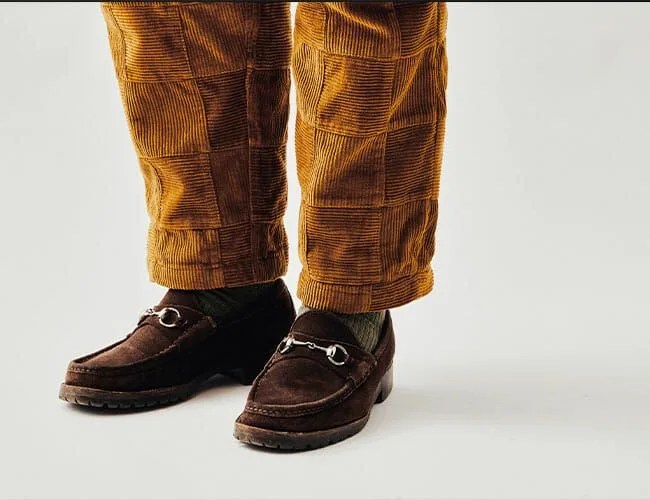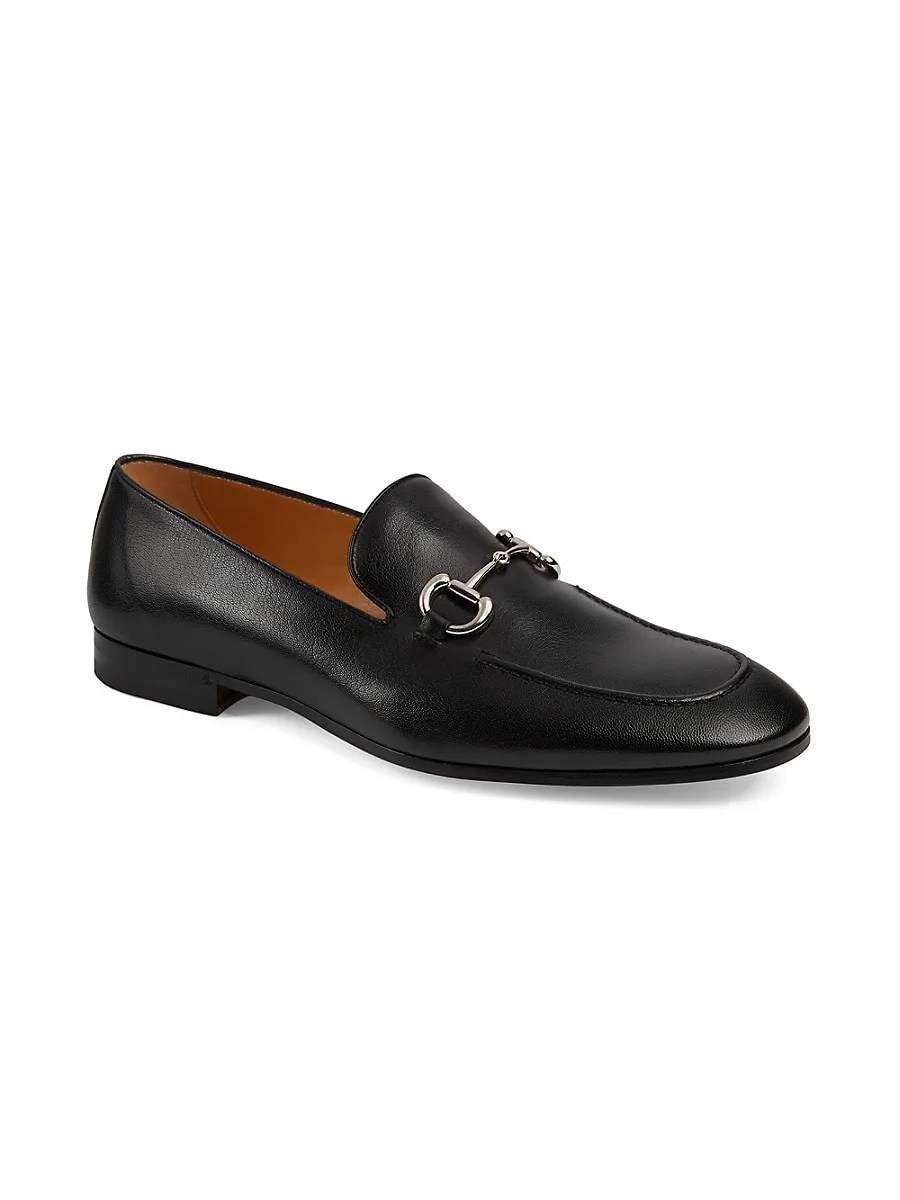Florentine fashion house Gucci made a name for itself with luggage. In the early 1900s its founder, Guccio Gucci was working as a porter in various European hotels, notably London’s Savoy Hotel, when he was captivated by the opulent bags and trunks of well-to-do hotel guests. So, when he returned to Italy and in 1921, he started his own brand of luxury luggage aimed toward the Savoy-staying globe trotters. Employing local artisans to craft his wares, Gucci’s namesake brand was a hit with its intended audience. The brand’s appeal (aside from uncompromising quality) came with its equestrian-tinged designs, a hobby of the rich at the time. Bit hardware and green-red-green grosgrain both referenced horseback riding and eventually became associated with the brand’s luggage and clothes.
Decades later, Gucci had a watershed year. In 1953, its founder passed away on January 2 leaving his son, Aldo Gucci, to take over. The brand also stepped into the international market with the opening of its 5th Avenue Manhattan store, and the release of its iconic Gucci Horsebit Loafer. Men’s fashion writer Bruce Boyer notes that the earlier versions of the shoe were designed in the 1930s, the same decade as the iconic Bass Weejun penny loafers were cemented into the style annals. “Although the original version was constructed of heavier saddle leather, the design was what it remains faithful to today: a successful effort to retain the comfort of the moccasin while adding the fashion and elegance of a dressy shoe,” Boyer notes. “In short, it was the first shoe that bridged the gap between casual and business wear.” Regardless of dates — or tassel and Prince Albert variations — the new Gucci loafers became a fast favorite Ivy leaguers on campus and on holiday abroad.

What makes Gucci Loafers special?
Spending an exorbitant amount of money on a pair of loafers isn’t for everyone, but Gucci loafers make a good case for their luxury pricing.
Historically, loafers elegantly combine the comfort of moccasin construction with the dress of a leather sole, often including a decorative element like a strap, tassels, or in Gucci’s case a bit of hardware. Loafers, those from Gucci especially, are planted firmly between dress and play, calmly standing its ground through fashion’s spectral oscillations like the perennial Levi’s 501. Gucci loafers have an American chassis, sleek Italian tread and a toe box that’s not too round nor too square (definitely not pointy). Some might read the callsign hardware as flashy, but the number of fashion cycles it’s been through has canonized it thoroughly.




